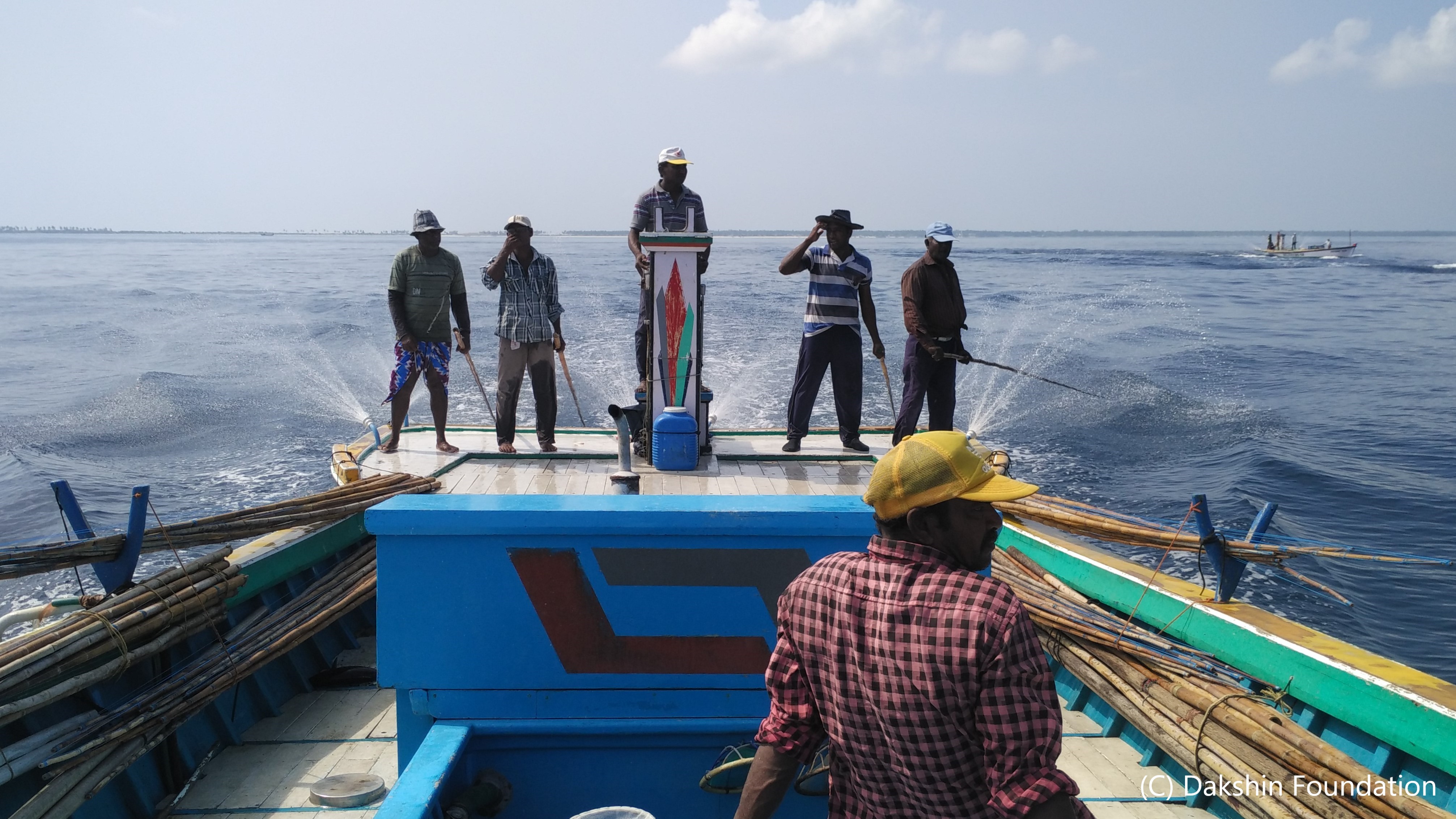
Lakshadweep pole-and-line yellowfin tuna

Location & History
Lakshadweep is an island chain 200 nautical miles off the southwest coast of India in the Eastern Arabian Sea, within the Indian Ocean. The islands are surrounded by open ocean, which makes them a haven for both tuna and tuna fishers. Pole-and-line fishing has been used in the Lakshadweep fishery for many years to fish for both skipjack and yellowfin tuna. Tuna fishing supports a large portion of the population across the islands through exportation and trade of tuna products as well as providing a source of income and food for local communities.
How is the Tuna Caught?
The Lakshadweep fishery uses a combination of traditional pole-and-line fishing techniques, to catch one fish at a time and modern technology to increase the efficiency of fishing trips. This fishery is the only one in India that still catches tuna in this way. Fishers use live fish and squid as bait and throw it into the water to start a tuna feeding frenzy. The crew lower their lines into the water and during the frenzy, tuna will catch onto the hooks. The tuna is then slung onboard, where it detaches from the hook and the line is thrown back into the water to start again.
Unique Features
Lakshadweep is the only location in India where pole & line fishing is practiced.
Gallery
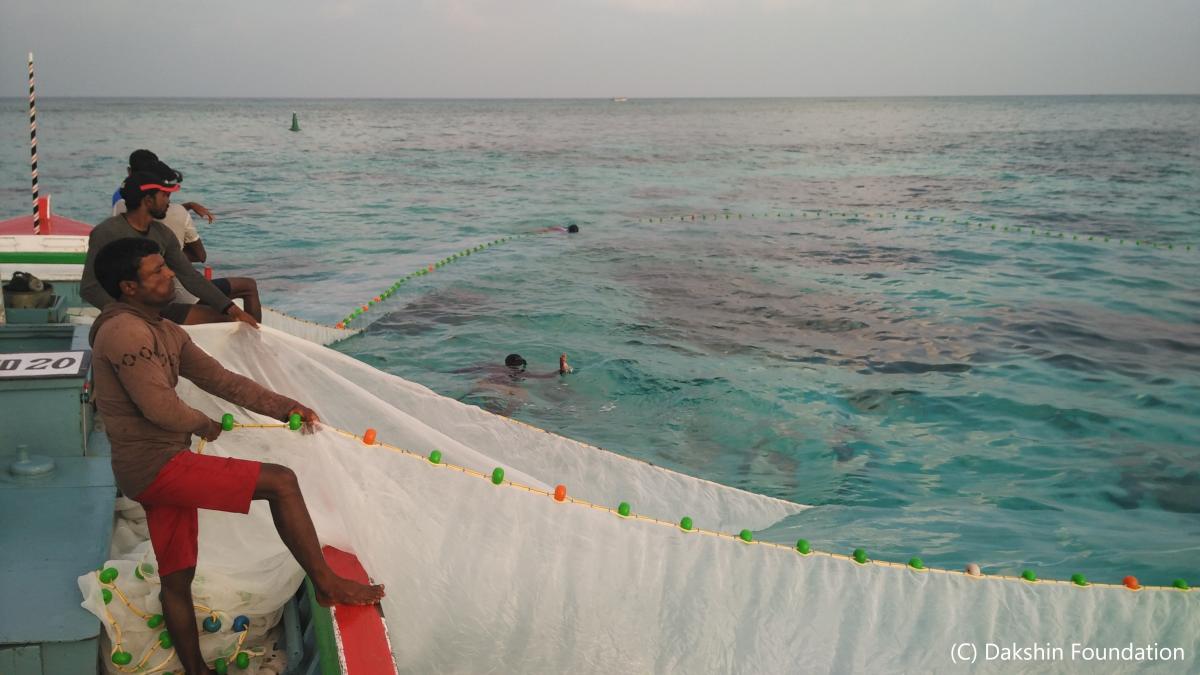
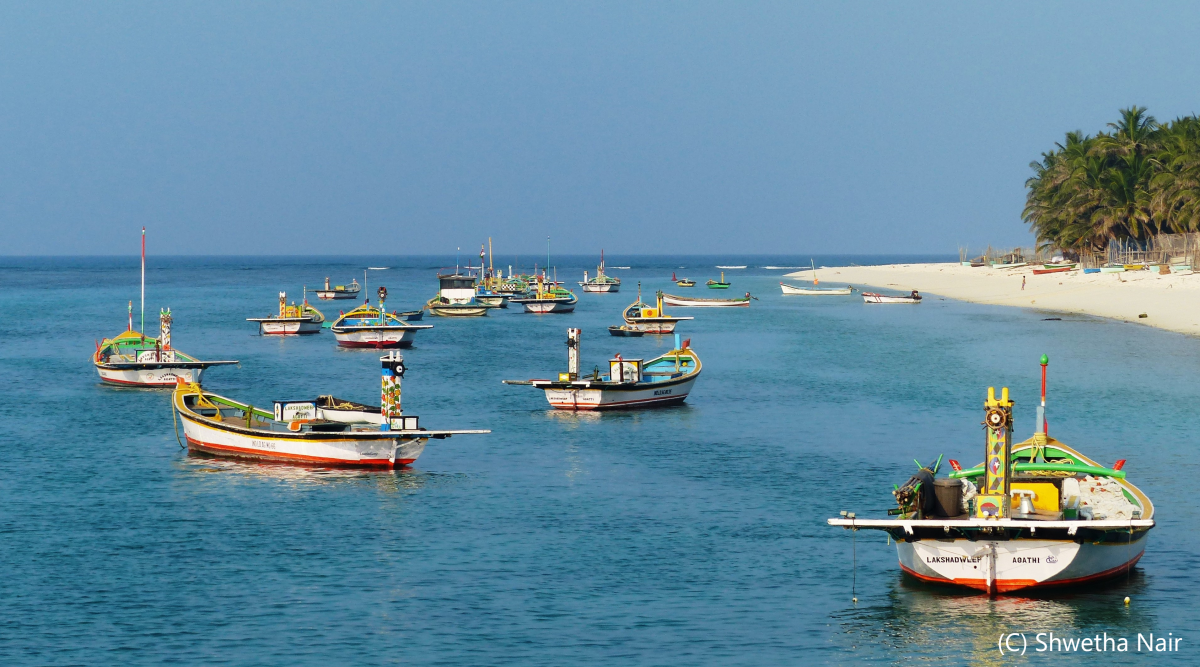
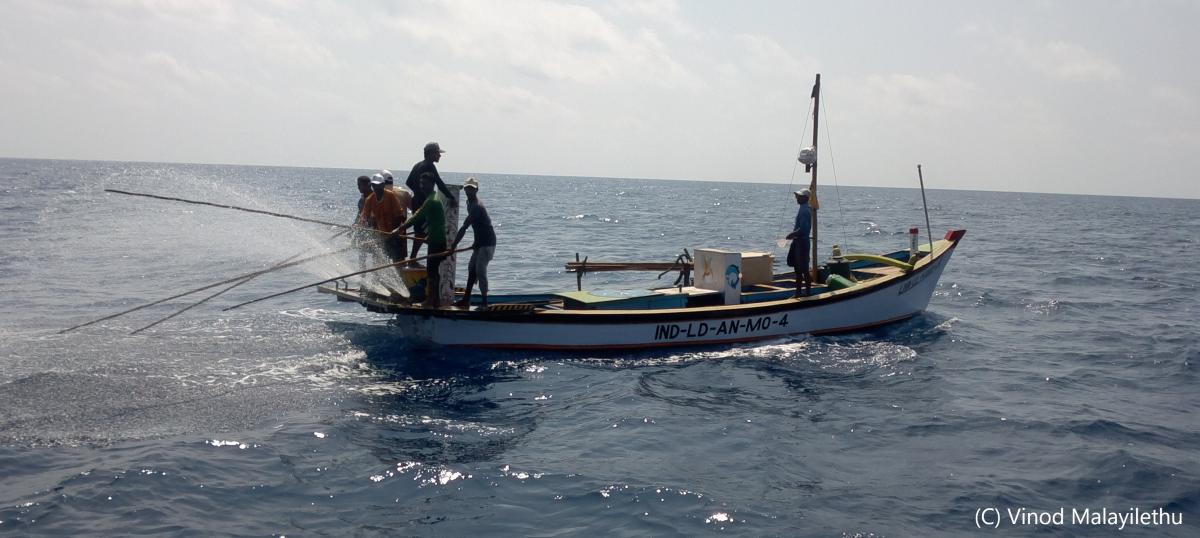

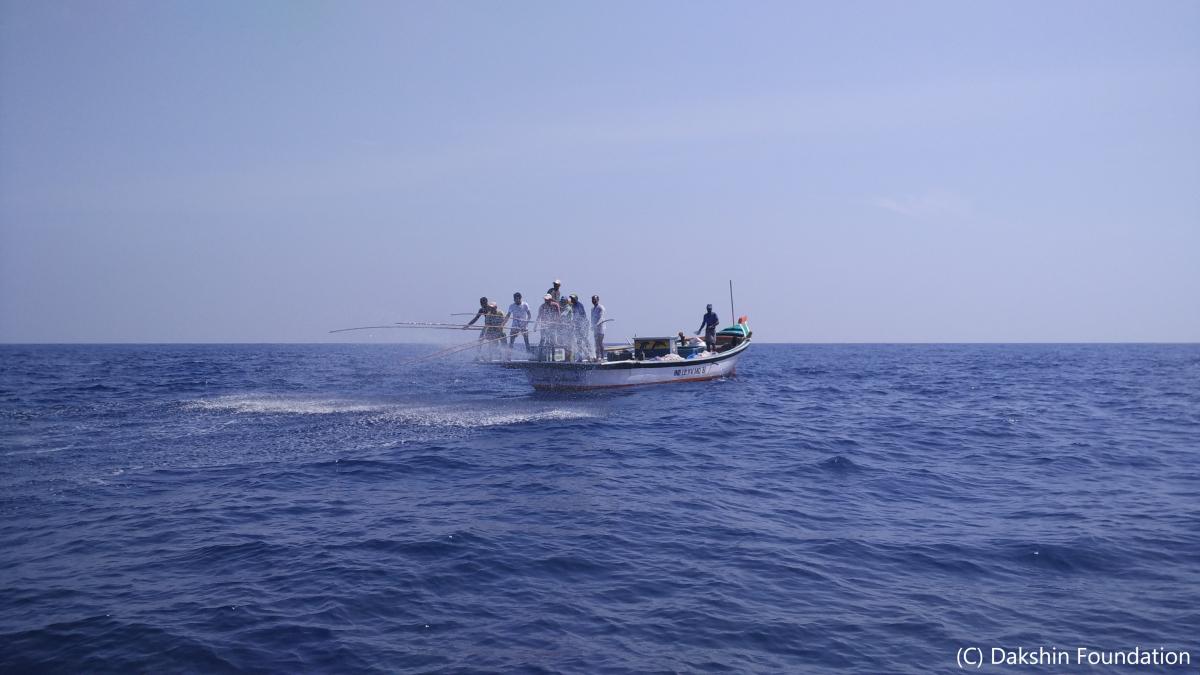
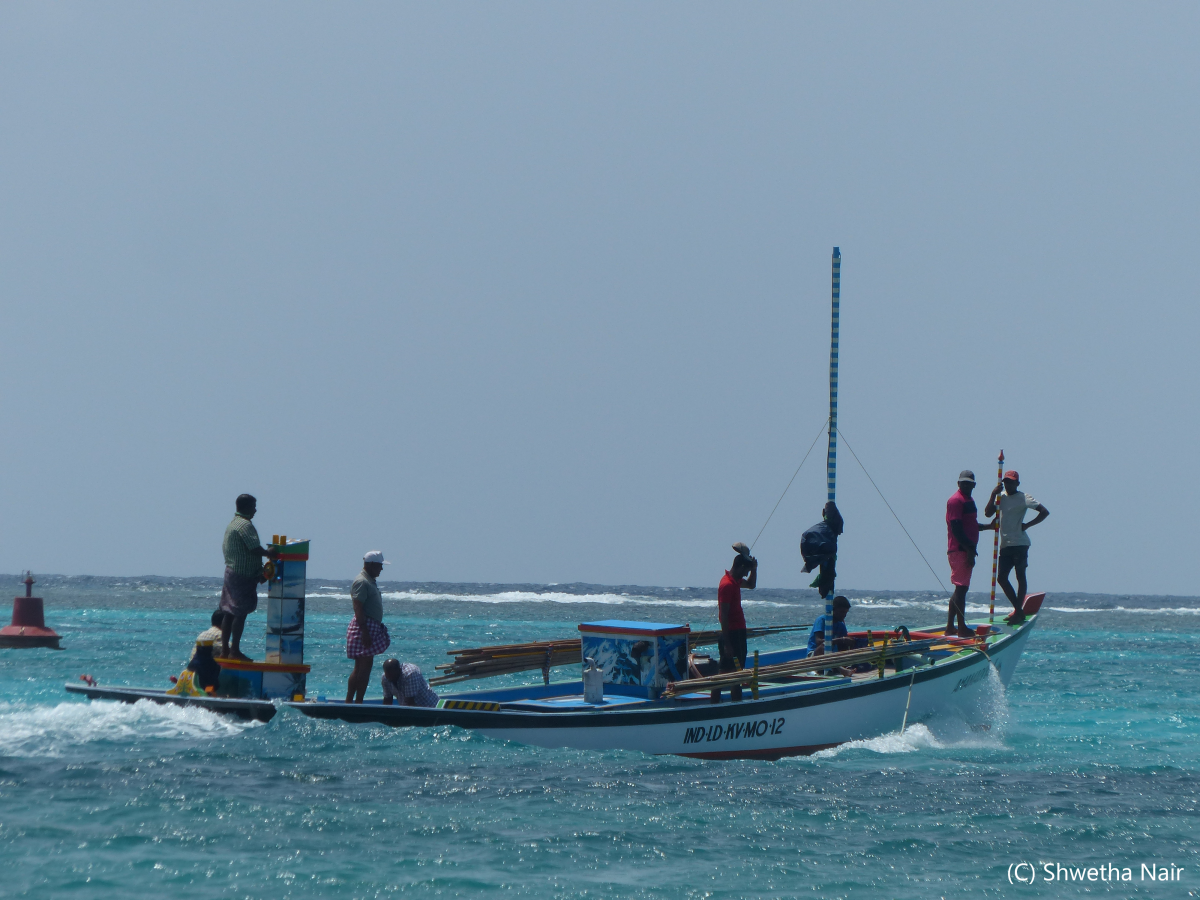
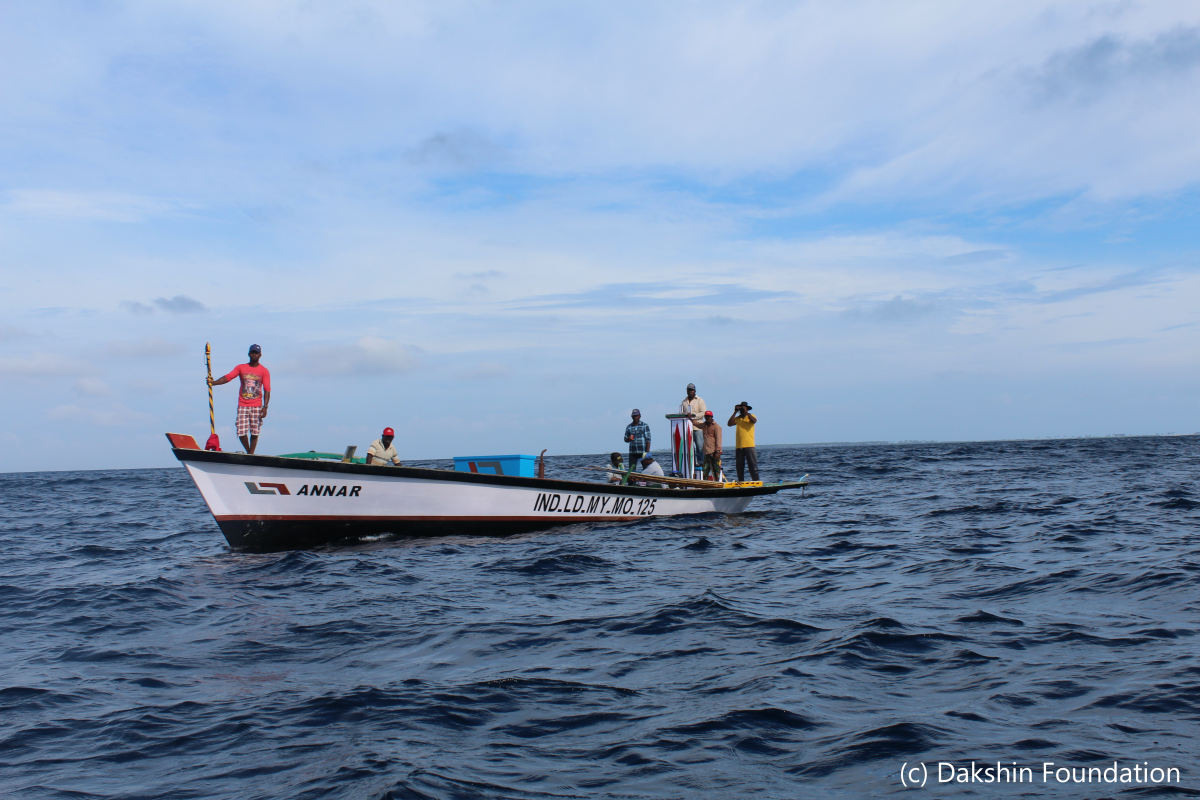
Typical Vessel
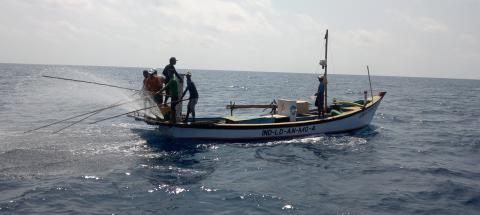
| Item | Value |
|---|---|
| Crew Size | 9 |
| Size Range (m) | 20 |
| Hold Capacity | 39 t |
| Onboard Cold Storage? | Yes |
Fleet Capacity
-
1996t
- Annual Catch Volume (metric tonnes)
-
365
- Number of Vessels
Target Species
Yellowfin Tuna
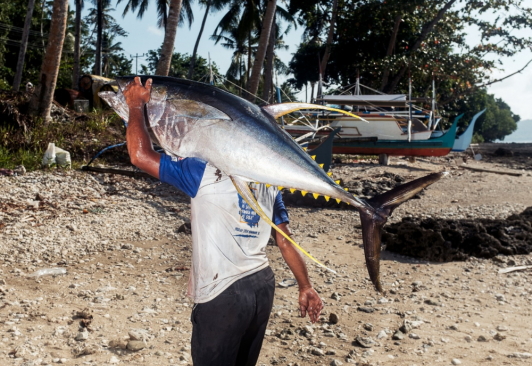
Fishing Gear
Pole-and-line
Traceability
Traceability systems are used in food supply chains to track a product from production to consumption. They assist with ensuring that standards and regulations are met throughout the supply chain, which is very important for products that travel across the globe, such as tuna.
Good traceability reduces contamination, disease, and spoilage. In the case of seafood, it also helps to maintain sustainable fish stocks in the oceans so we can keep enjoying tuna for years to come.
Most importantly, traceability provides transparency through the supply chain, allowing all parties including the consumer access to information about the products they are buying.
Memorandum of Understanding (MOU)
WWF-India and IPNLF are helping the pole-and-line fisheries of Lakshadweep in becoming more sustainable and increasing their traceability by making data collection, compilation and reporting more efficient. They have signed a Memorandum of Understanding (MOU) which will encourage an improved understanding of how the fishery fits into the community in Lakshadweep and the importance of the fishery for livelihoods in this archipelago. Improvements are being made in the monitoring and management of the livebait fishery as well as the tuna fishery.
Find out more
Regional Fisheries Management Organisation
Indian Ocean Tuna Commission (IOTC)
Regional fisheries management organisations (RFMOs) are international bodies formed to manage fish stocks in an oceanic area. They include several countries with fisheries operating in that area, and some focus on particular species such as tunas. They are established through international agreements and treaties. RFMOs typically collect fishery statistics, assess fish stock conditions, monitor fishery activity and make fishery management decisions.
The Indian Ocean Tuna Commission (IOTC) is the RFMO responsible for managing tuna and tuna-like species (including billfishes and some sharks) in the Indian Ocean. Their main objective is to manage fish stocks, by ensuring fisheries operate sustainably, so benefits from relevant fisheries in the region can be maintained into the future.
Stock Status Reports
Yellowfin Stock Status
2022-04-01The stock status of a fish species signifies whether a species is 'overexploited', 'fully exploited' or 'underexploited'. Different organisations use different parameters to assign these labels. For example, the Food and Agricultural Organisation of the United Nations (FAO) deems any species to have less than 40% of it’s ‘unfished biomass’ to be overexploited.
The aim of assigning stock status to a species is to ensure that catches are kept at a level where future catches will not be affected, in other words, to maintain a healthy, viable population of fish.
In addition to biomass, spawning potential, catch trend and size-age composition may be used to determine stock status. These are important factors to consider as some species are more resilient than others and have different ecological features. For example, yellowfin tuna have a higher reproduction rate and are typically more resilient than other tuna species.
National Reports
India
2022-01-01National Reports are formal documents from members of the Tuna Regional Fisheries Management Organisation (tRFMO) in question. Each country that falls within the tRFMO must report on the state of their national fisheries in relation to the requirements of that tRFMO. They are normally presented to the annual Scientific Committee meetings by a credentialed head of delegation - considered national scientists. The tRFMO normally prescribes what the report should entail and how it should be structured, which would also include progress on key resolutions on conservation and management measures, and brief the ongoing scientific research of interest to the tRFMO.
